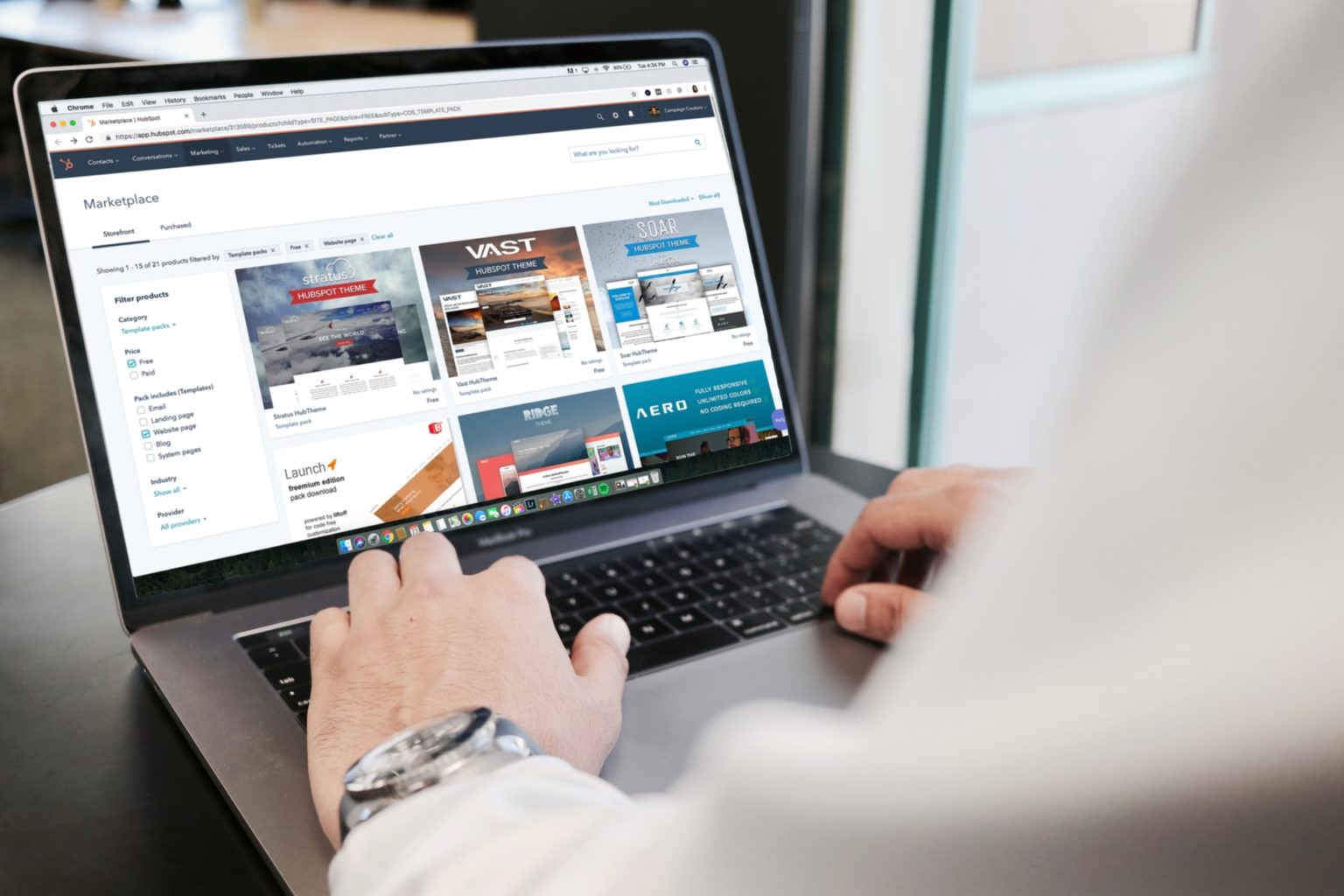9 tips to improve your ecommerce website design
Find out our top 9 tips to improve your ecommerce website design to create an engaging customer experience.

For ecommerce businesses, your website is your most important assets. For many visitors, it will be their first interaction with your brand, so it’s important that is clear, concise and user friendly to aid those product sales!
With over 12 years designing and developing successful ecommerce websites, we understand how important a professional, user friendly experience is for customers.
So, to help your business, we have come up with 9 tips to improve your ecommerce website design.
Invest in professionals
If you can afford to, hiring experienced developers and designers will help to ensure that your website is correctly optimised to aid your sales journeys and user experience. They have the experience, and expertise, to advise on best practice solutions that ensure your website achieves your marketing objectives.
Having an optimal website is vital to the success of your business. If visitors are not engaged, or are frustrated by their experience on your website, they will simply leave; so, it makes sense to hire a professional, even if it just to add the finishing touches or to give it a bit of a polish.

Spice up your product descriptions
It takes more than a great looking product image to make a conversion. It’s important to look at your product descriptions, and make sure they answer the questions your customers will make before committing to a purchase. For example:
- Delivery information – can users easily find out any additional charges for shipping, or if packages can be delivered to their location?
- Returns information – no business wants to have their product returned, but showing you have a professional procedure in place if the worst were to happen will help to build trust with your customers.
- Applications – is it clear for your customers to see how they could use your product?
- Benefits – it’s vital that your content answers the key question of ‘what’s in it for me?’, if not making a sale will be extra difficult.
Be as creative as you want so that you attract potential consumers to buy your products.
For example, if selling candles, rather than just stating what scent the candle is, you could set the scene, think about what feelings the scent could evoke, and make your customers imagine what owning the candle could provide for them.
Is your site user friendly?
The key to a successful ecommerce website is often largely down to the navigation and accessibility. Can you say 100% that your site is as user friendly as possible? Is it easy to get to each page and do you have a button on each page to navigate back to home?
A user-friendly ecommerce website design is not only good for the consumers but also for your search engine rankings, as the experience search engines such as Google have on your website will play a factor in your overall ranking positions.
Make sure your pages are clearly marked. Also, if there are a group of products that are often bought together you could consider making collections where the consumer can see these all on one page using tagging.
For example, if you are a gift website, consider having a “gifts for him” and “gifts for her” or even “gifts for kids” pages to make it easier for consumers who aren’t sure what they want to buy. This will also make the shopping experience more personalised for the consumer making them feel more valued.

Implement a search bar
This is key for any ecommerce website design as it makes the website more user friendly and improves consumer experience.
If this is a new feature you are adding, make sure you test the search bar thoroughly. Are the results relevant and accurate? If not, look at your settings and make sure you tweak or get a developer to amend it for you.
Having a good search bar will make your consumer’s experience a lot better as well as helping to increase your sales.
Add filtering for that extra touch
If you haven’t already, think about adding in filtering options to complement your search bar. This is a great way to improve your ecommerce website design and make it easier for consumers to find exactly what they want.
Depending on the products you offer, you could add filters such as colour, price range, item type or category. This will mean that if they search for an item, they can narrow it down further rather than having to scroll through potentially pages of content which is inapplicable to them.
Do you have the right CMS for your site?
There are so many different CMS platforms out there right now that it can be daunting finding the right one for your company. So, don’t be afraid to shop around, ask questions and take your time before deciding which one is right for you.
We have written a useful post on which CMS you should use which features some of the most popular CMS platforms to help you with your decision.

Integrate your social media
A great way of increasing engagement with your consumers is to integrate your social media accounts on your website. This way, consumers can follow you on such places as Twitter, Facebook or Instagram and keep up to date with all your latest news.
The integration will also help consumers find out more about who you are and what you stand for as well as helping you find out any issues quickly.
Is your website mobile friendly? If not, why not?
Is your ecommerce website design optimised for mobile? If not, this should be high on your to do list. According to Google, 40% of consumers have turned to a competitor ecommerce site after finding the current site poorly optimised for mobile. This shows that it is vital for companies to optimise their ecommerce website for mobile.
This is also another aspect which is checked by search engine bots. This means it will not only help improve sales but could also help improve your search engine rankings.
Create an FAQ page for easy access help
If you haven’t already, consider adding an FAQ page to your ecommerce website. Ensure you add questions related to shipping, postage costs, returns and sizing comparisons if these aren’t on the item descriptions.
Having an FAQ page will answer most of your consumer’s questions quickly and efficiently without the need to email. It will also help you be transparent with your potential customers so that they know the terms and conditions before they sign up or buy.
We have many other tips for improving your ecommerce website design to make it look and work more professionally, these are just a few of our favourites. If you are looking for further advice on your platform and how you can make the most of it, then we can help with this.
With over 12 years’ experience in all things marketing from web design to developing strategies we can help you with any aspects of your ecommerce business you may need advice and support with.
Contact us today to find out how we can help you create a professional, successful ecommerce website.